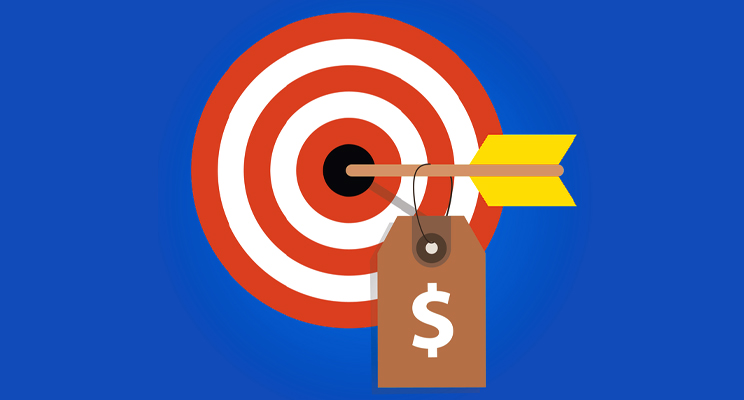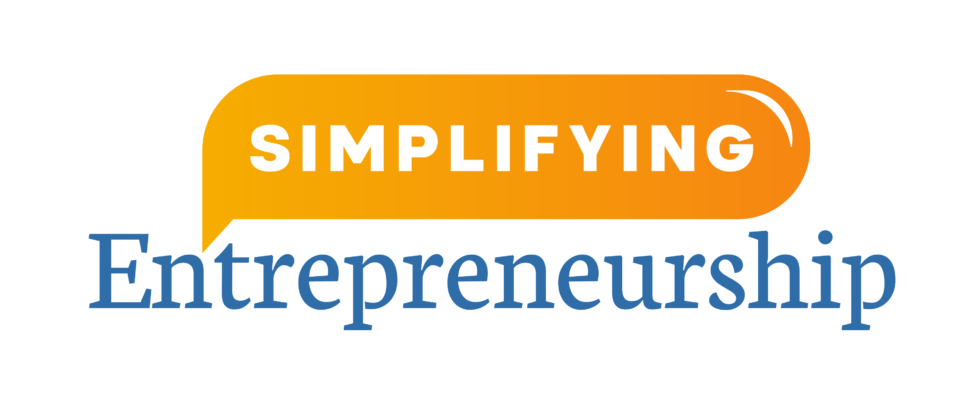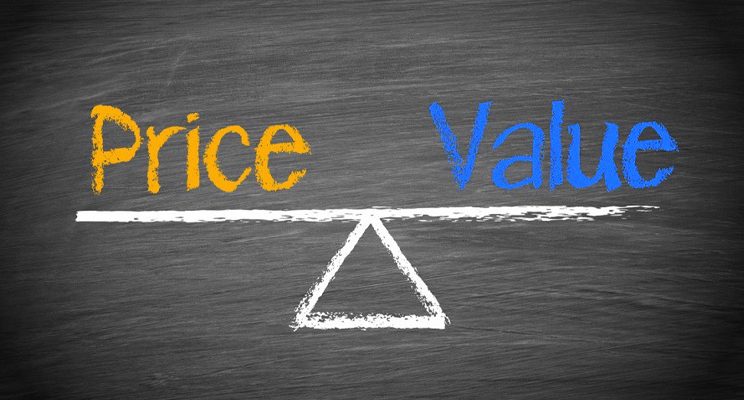As I’ve written about before, one of the top reasons that businesses fail is that they incorrectly price their products. You need to find the “Goldilocks” zone of your pricing — not too high, not too low, just right for your target market.
Many new business owners assume that higher prices lead to higher profits. However, they also want to lower their prices to lure customers away from competitors. These are two sides of the same misconception: pricing for profit. And sadly, this misconception makes businesses unsustainable.
Myth: You Can Compete On Price
A well-established business has a significant advantage over a new competitor: brand recognition. Consumers are willing to pay higher prices for the experience they’ve come to know. That’s why it’s a mistake to make your price point a key differentiator. People are creatures of habit, so they’re not always willing to switch brands even if it would save them a buck.
This approach also hinders your potential income. When you start with low prices, it’s more difficult to raise them later. This means you’ll need to (a) drastically increase your sales, (b) operate on a shoestring budget, or (c) both to stay afloat. There’s also the concept of perceived value: consumers see cheaper options as less valuable or lower-quality. That’s not a reputation you want to gain.
Myth: You Should Price for Profit

The higher the revenue, the higher the profit, right? Nope — especially if you have a lot of expenses! Profits are simply your income minus your expenses. You can have revenue flowing in and still be net-negative because your expenses suck up your cash flow.
However, raising your prices isn’t always the solution. This could ward off your target customers or limit your monthly sales. If your industry has a high cost-per-lead, you’ll have to spend a lot just to obtain new customers. It’s almost always easier to price for the value you offer, then continue engaging previous customers for their continued business.
Myth: You Must Spend Money to Make Money
This isn’t untrue per se, but I include it to advise you not to throw money at business problems. Many business owners rack up a long list of expenses (commercial space, signage, software, licenses, etc.) and etch it in stone. They consider their overhead a fixed expense. But in fact, it can be reduced as you find ways to run your business more efficiently!
When your expenses decrease, your profits increase (assuming revenue stays the same). By streamlining your operations and cutting unnecessary costs, you free up some cash flow. Then, you can price your products according to their value and better protect your profit margin.
Wrapping Up
Pricing is one of the most difficult decisions for a business. It requires a lot of research and deep insights into your target market. The key is to price for value, not for profit or competition. Consumers are willing to pay whatever it takes to solve their pain points. Especially if you’re entering a saturated market, don’t set your prices so low that you seem like a Wish version of the product — or so high that you exit the market. Pricing is a balancing act, but as long as you do your homework, you’ll be in better shape to thrive.
This article is based on an episode of the Simplifying Entrepreneurship podcast in which I interview Octavia Conner of SayYestoProfits.com. You can listen here





0 Comments